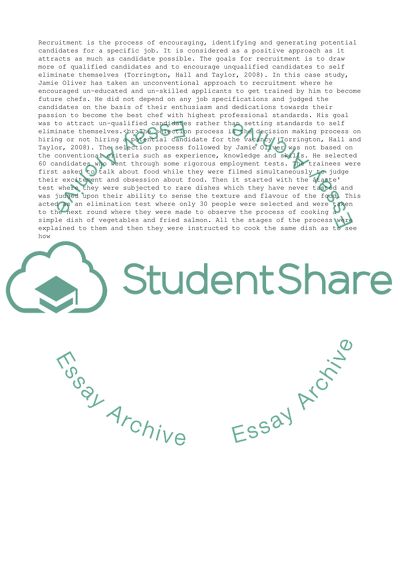Cite this document
(“Working with and Leading People Essay Example | Topics and Well Written Essays - 3000 words”, n.d.)
Working with and Leading People Essay Example | Topics and Well Written Essays - 3000 words. Retrieved from https://studentshare.org/business/1694928-working-with-and-leading-people
Working with and Leading People Essay Example | Topics and Well Written Essays - 3000 words. Retrieved from https://studentshare.org/business/1694928-working-with-and-leading-people
(Working With and Leading People Essay Example | Topics and Well Written Essays - 3000 Words)
Working With and Leading People Essay Example | Topics and Well Written Essays - 3000 Words. https://studentshare.org/business/1694928-working-with-and-leading-people.
Working With and Leading People Essay Example | Topics and Well Written Essays - 3000 Words. https://studentshare.org/business/1694928-working-with-and-leading-people.
“Working With and Leading People Essay Example | Topics and Well Written Essays - 3000 Words”, n.d. https://studentshare.org/business/1694928-working-with-and-leading-people.


